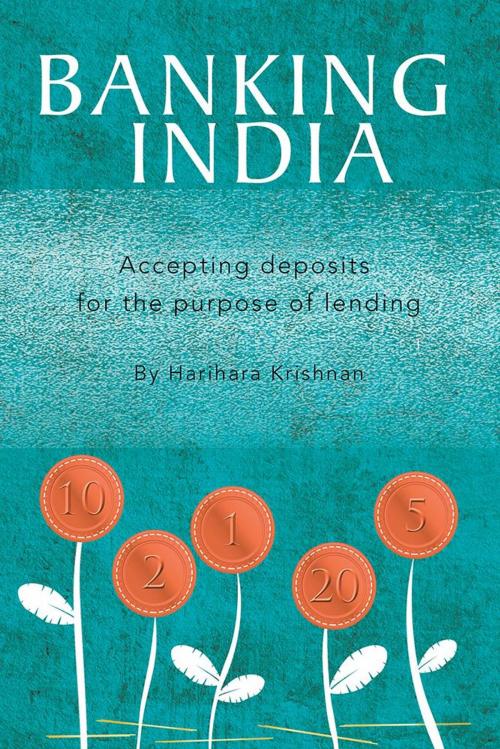| Author: | Harihara Krishnan | ISBN: | 9781482887327 |
| Publisher: | Partridge Publishing India | Publication: | January 6, 2017 |
| Imprint: | Partridge Publishing India | Language: | English |
| Author: | Harihara Krishnan |
| ISBN: | 9781482887327 |
| Publisher: | Partridge Publishing India |
| Publication: | January 6, 2017 |
| Imprint: | Partridge Publishing India |
| Language: | English |
Looking at the current scenario within Indian banking, one finds many a slip between cup and lip. After more than two decades of licensing ambitious private banks and five decades of government ownership and control of large banks, more than 100 million households now find themselves left outside of banking services. This book, based on published data and the authors 36 years of operational experience working for a commercial bank, the central bank and the government, attempts to find solutions to such problems and a direction for the future of Indian banking. The authors unique professional career is complemented by his ability to recall lessons learned while working at variousadministrative levels and in diverse locations both in India and abroad, which has allowed him to write this one-of-a-kind book. Divided into three sections, the book explores the legacy of Indian banking, the changes it has undergone and its processes, as well as discussing existing uncertainties, non-existent competition and significant legislation that shapesbanking in Indiatoday. It also offers an analysis of Indias top ten banks in terms of assets, along with two case studies which provide the insight necessary to design a future model for Indian banking.
Looking at the current scenario within Indian banking, one finds many a slip between cup and lip. After more than two decades of licensing ambitious private banks and five decades of government ownership and control of large banks, more than 100 million households now find themselves left outside of banking services. This book, based on published data and the authors 36 years of operational experience working for a commercial bank, the central bank and the government, attempts to find solutions to such problems and a direction for the future of Indian banking. The authors unique professional career is complemented by his ability to recall lessons learned while working at variousadministrative levels and in diverse locations both in India and abroad, which has allowed him to write this one-of-a-kind book. Divided into three sections, the book explores the legacy of Indian banking, the changes it has undergone and its processes, as well as discussing existing uncertainties, non-existent competition and significant legislation that shapesbanking in Indiatoday. It also offers an analysis of Indias top ten banks in terms of assets, along with two case studies which provide the insight necessary to design a future model for Indian banking.















